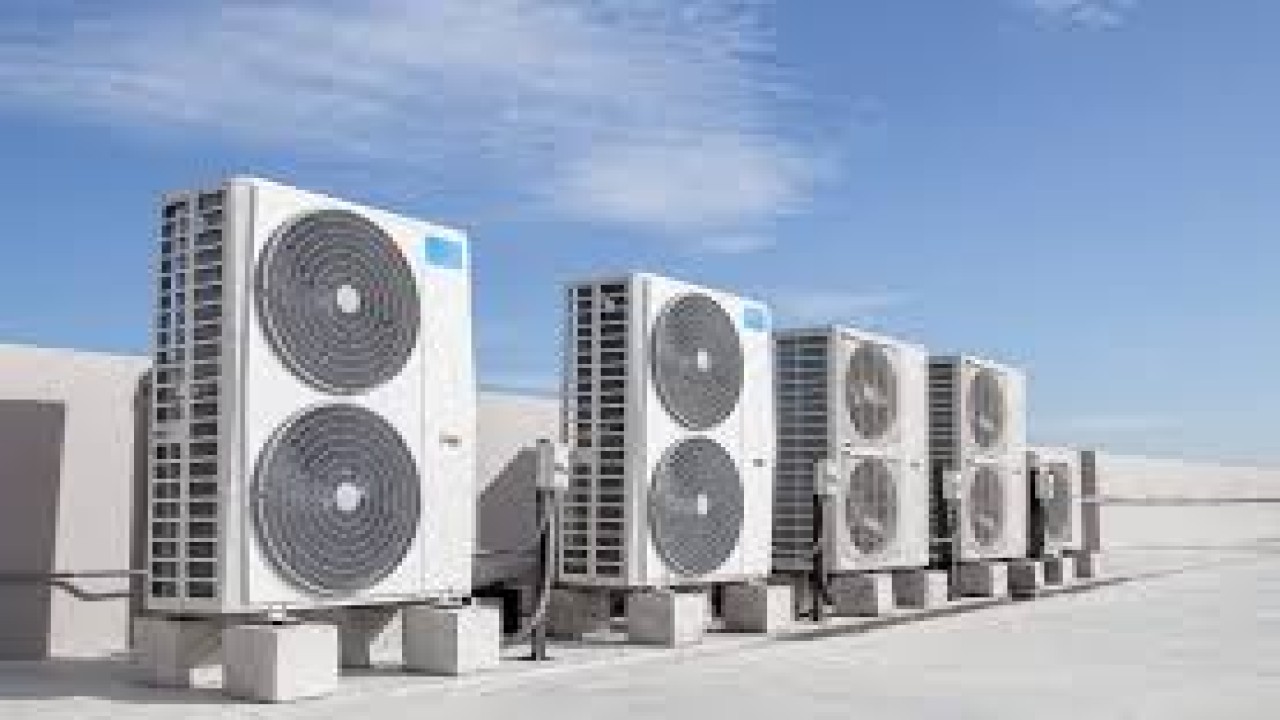The installation of an air conditioner is a crucial process that ensures optimal cooling and comfort in residential, commercial, and industrial spaces.
Air conditioner installation is essential for achieving effective cooling and comfort in various settings, whether it involves installing a new system in a newly constructed building or replacing an old one. Proper installation is vital to maximize energy efficiency, performance, and longevity. This process includes several steps, from selecting the appropriate equipment to ensuring proper placement, sizing, and configuration, all of which contribute to the overall effectiveness of the cooling system.
Selecting the Right Equipment
The first step in air conditioner installation is choosing the right equipment. This involves considering factors such as the size and layout of the area to be cooled, the required cooling capacity, energy efficiency ratings, and budget constraints. HVAC specialists typically conduct a thorough assessment of the space and recommend suitable air conditioner models that meet the specific needs and preferences of the client.
Preparing the Space
Once the equipment is selected, the next step is to prepare the space for installation. This may involve removing old equipment, clearing debris, and ensuring proper access and positioning for the new system. Adequate preparation is crucial to facilitate a smooth and efficient installation process while minimizing disruptions to the surrounding environment.
Installing the Units
The installation process begins with mounting the indoor and outdoor units in their designated locations. The indoor unit, which houses the evaporator coil and fan, is typically installed inside the building, while the outdoor unit, containing the compressor and condenser coil, is placed outside. Proper placement of these units is critical to ensuring efficient operation and balanced airflow throughout the space.
Connecting Components
After the units are installed, the next step involves connecting the refrigerant lines, electrical wiring, and drainage pipes. This requires precision and attention to detail to ensure all connections are properly aligned, sealed, and insulated. Any leaks or loose connections can compromise the system’s performance and efficiency, leading to costly repairs.
System Testing and Adjustment
Once the connections are complete, the system is charged with refrigerant and tested for proper functionality. HVAC specialists carefully check for leaks, unusual noises, or operational issues and make necessary adjustments or repairs to ensure optimal performance.
Client Instructions and Maintenance
After installation and thorough testing, HVAC specialists provide the client with instructions on operating and maintaining the air conditioner. This may include guidance on adjusting temperature settings, replacing filters, and scheduling regular maintenance to keep the system running smoothly.
Conclusion
In summary, air conditioner installation is a complex process requiring careful planning, precise execution, and attention to detail. From selecting the right equipment to ensuring proper placement, sizing, and configuration, every step of the installation process plays a crucial role in determining the efficiency and effectiveness of the cooling system. By working with experienced HVAC professionals, clients can ensure their air conditioners are installed correctly and optimized to provide maximum comfort and energy savings.







Comments (0)